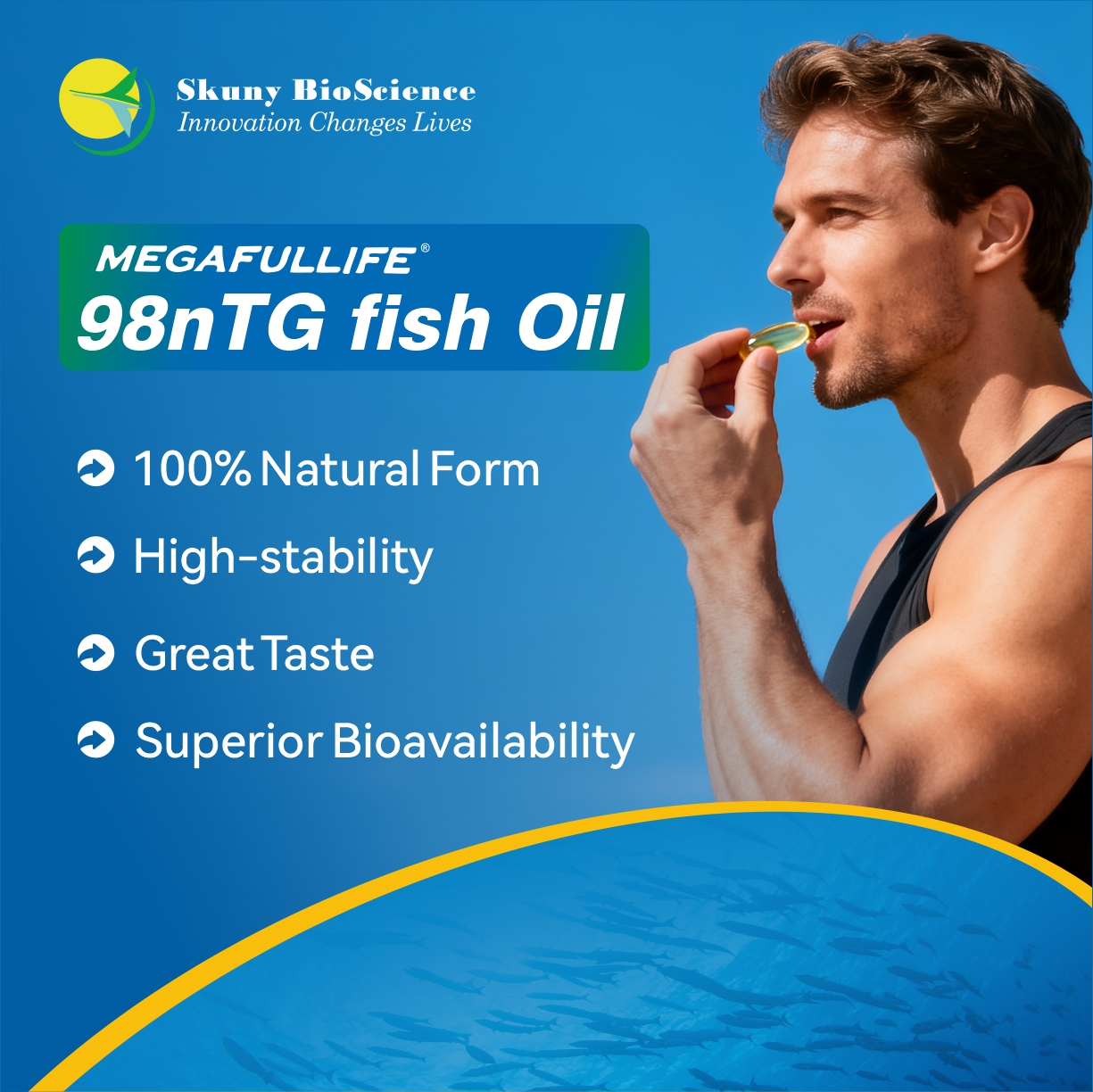Plant-based nutrition science: Overcoming taste and texture barriers
As demand for plant-based options grows, food tech innovators face mounting pressure to deliver products that meet ethical, health, and taste goals. Nutrition Insight continues its conversation with experts from ADM, ACI Group, Ingood by Olga, and Roquette, who share how they overcome sensory, nutritional, and clean label hurdles.
Previously, the specialists examined how trends like flexitarian diets, clean labels, hybrid innovations, anti-obesity medications (AOMs), and postbiotics are influencing the plant-based space.
Taste modulation technology
Sam Lubbock-Smith, business development manager at ACI Group, says demand for plant-based food is soaring due to health concerns, transparency, sustainability, and ethical choices.
“This has resulted in a boom in demand for plant-based products and ingredients, including grains, pulses, botanicals, and upcycled ingredients. But developing plant-based nutrition is not without its challenges, and brands should be flexible, agile, innovative, and relevant, particularly around meeting functionality and sensory challenges in new plant-based formulations.”

“The saying ‘Taste is King’ often feels overused. Consumers have high expectations when it comes to plant-based products. They expect formulations to match the sensory experience of traditional or animal-based counterparts, maintaining the juiciness of a plant-based hamburger patty or the creamy mouthfeel of an alternative yogurt or drinkable dairy product,” he explains.
Lubbock-Smith adds that product functionality is another challenge since plant-based ingredients are different from traditional ingredients in a formulation.
“We are seeing an uptick in technology to identify plant-based sources that mimic traditional ingredients. In addition, new processing methods can unlock better functionality from whole plants while keeping their nutritional value intact.”
 Brands use taste modulation tech to mask off-notes and deliver creamy, satisfying textures in plant-based foods.Although informed consumers want short ingredient lists for clean products, “plant-based formulations often rely on the addition of sugar, salt, or artificial additives to mask off-notes, most typically a mealy mouthfeel and aftertaste.”
Brands use taste modulation tech to mask off-notes and deliver creamy, satisfying textures in plant-based foods.Although informed consumers want short ingredient lists for clean products, “plant-based formulations often rely on the addition of sugar, salt, or artificial additives to mask off-notes, most typically a mealy mouthfeel and aftertaste.”
According to Lubbock-Smith, to have short ingredient lists, taste modulation technology is key to balancing out sensory issues while retaining high nutrition.
Transforming beans and pulses
Flexitarians, vegetarians, or vegans purchase plant-based products that offer improved taste and texture, says Jacquelyn Rodenkirch-Schuh, global senior director, Product Marketing, Specialty Ingredients, ADM.
“However, certain plant proteins may impart beany, earthy notes, which can result in undesirable aromas and flavors throughout the cooking process,” she says.
“It can also be difficult for formulators to mimic the right texture and mouthfeel when losing the fattiness and traditional characteristics of animal-derived proteins — whether that be the proper ‘bite and chew’ of meat, the creaminess of dairy or sports shakes, or the consistency of baked bars and snacks.”
“Our expanding library of plant-based ingredients and systems has diversified to include clean-tasting, highly functional soy, pea, and wheat proteins, in addition to beans and pulses.”
 Bean powders improve flavor, stability, and texture while boosting protein and fiber content (Image credit: ADM)Rodenkirch-Schuh says ADM’s textural capabilities help solve formulation challenges. For example, its “vertically integrated bean program and value-added US Department of Agriculture #1 grade beans contribute to the sensory experience and nutritional value.”
Bean powders improve flavor, stability, and texture while boosting protein and fiber content (Image credit: ADM)Rodenkirch-Schuh says ADM’s textural capabilities help solve formulation challenges. For example, its “vertically integrated bean program and value-added US Department of Agriculture #1 grade beans contribute to the sensory experience and nutritional value.”
She adds that apart from offering protein and fiber, the bean powders and flours impart emulsifying, stabilizing, and thickening functions and high water-binding capacity.
“We use our quality soy and pea proteins within our AccelFlex Functional Systems and Texture Systems (TS) to deliver broad textural capabilities, which provide crucial functional and structural support,” says Rodenkirch-Schuh.
“Our AccelFlex TS P80, a 100% pea protein textured product, extends our range of protein solutions specifically designed to target textural attributes while mitigating off-notes. It is also offered in a reduced-sodium version, is non-GMO, and does not require mandatory allergen labeling.”
She spotlights ADM’s flavor modulation technology, TasteSpark, which includes masking to neutralize off-notes, improving mouthfeel to bring richness, and salt modulation to rebalance flavor in low-sodium options.
Innovation and sensory performance go hand-in-hand
Since consumers naturally benchmark plant-based alternatives against meat, various aspects of texture, aroma, and appearance need to come together, says Benjamin Voiry, head of marketing for Plant Proteins at Roquette.
.jpg) Benjamin Voiry, head of marketing for Plant Proteins at Roquette.“Replicating the unique mouthfeel, succulence, and/or chew of animal protein remains a key hurdle. While we’ve witnessed significant strides — especially in meat and dairy alternatives and plant-based bakery products — achieving that same complexity across formats requires continuous innovation and deep expertise in food science.”
Benjamin Voiry, head of marketing for Plant Proteins at Roquette.“Replicating the unique mouthfeel, succulence, and/or chew of animal protein remains a key hurdle. While we’ve witnessed significant strides — especially in meat and dairy alternatives and plant-based bakery products — achieving that same complexity across formats requires continuous innovation and deep expertise in food science.”
Voiry underscores that ingredient functionality is key, as it must maintain the right profile when preparing it, such as grilling or mixing in a protein shake. “This requires designing proteins that behave predictably while maintaining nutrition and appeal.”
“We’re focused on advancing plant protein solutions that provide both functionality and sensory performance.”
Improving foods’ nutritional profile
Claire Boniface, marketing and communication manager at Ingood by Olga, says its products show nutritional improvement based on the Nutri-Score. The company develops food product concepts, advising on dosages, ingredient combinations, and processing to maximize effectiveness. It also combines proteins for better nutrition.
“We prioritize rigorous sourcing of specific plant varieties and employ processing techniques such as fermentation to reduce anti-nutritional factors. Furthermore, we work to enhance the bioavailability and quality of the plant-based proteins we provide.”
“For finished products, we enable protein enrichment with a focus on quality, assessed through Protein Digestibility-Corrected Amino Acid Score and amino acid profiles. We also promote increased fiber content and a balanced omega-3 to omega-6 ratio. Our ingredient solutions support formulations with very low levels of sugar and saturated fats,” says Boniface.
Meanwhile, Voiry says Roquette’s textured pea protein Nutralys T Pea 700M enhances firmness and chew in plant-based patties. It has “excellent” digestibility, low sodium, and 70% protein (dry basis), which enables brands to make cleaner labels and better-for-you products.
“In the realm of sports and performance nutrition, our Nutralys S854F pea protein isolate helps brands meet growing demand for high-protein, low-sodium, and creamy-textured ready-to-mix beverages,” he explains.
“Importantly, it allows manufacturers to tackle sensory issues with such drinks. Almost one third (30%) of consumers find plant-based sports nutrition drinks unsatisfactory in texture, with 10% citing insufficient creaminess and 9% encountering gritty textures.”
Voiry explains that Nutralys S854F brings a low-sodium, amino acid-rich creamy mouthfeel for a “premium consumer experience.”

















